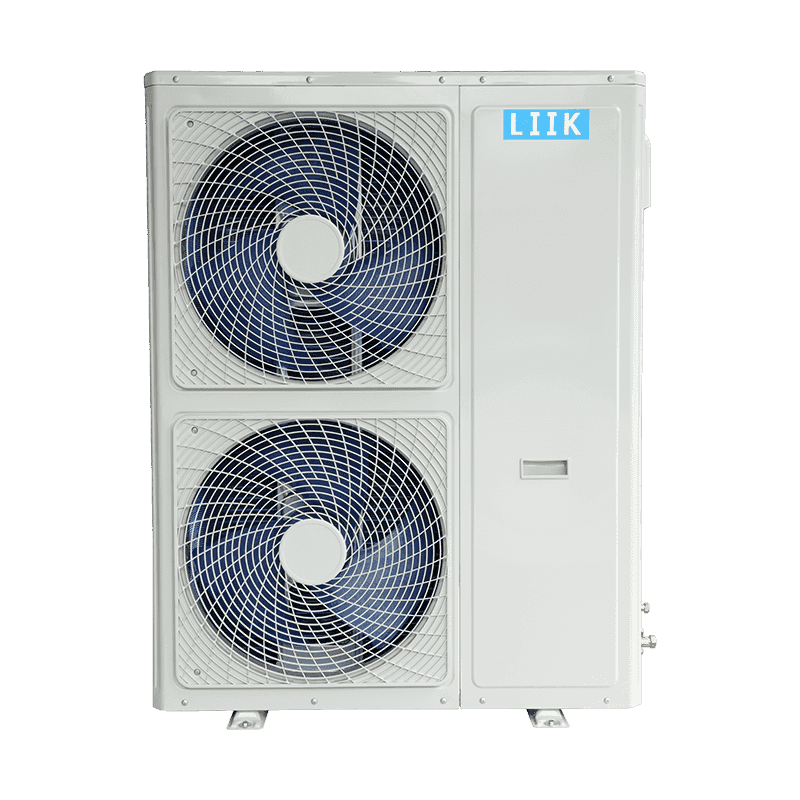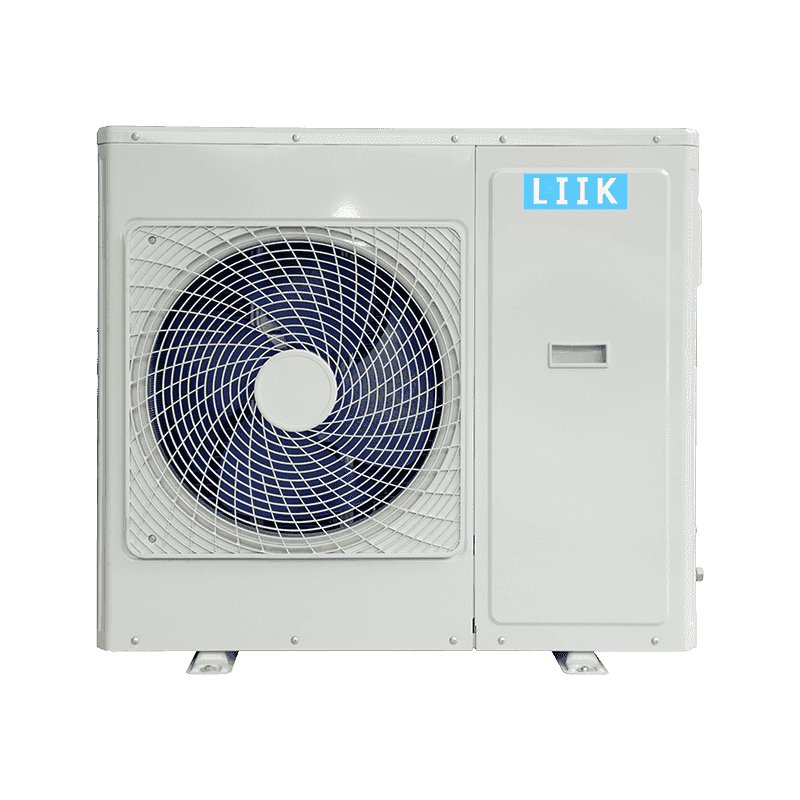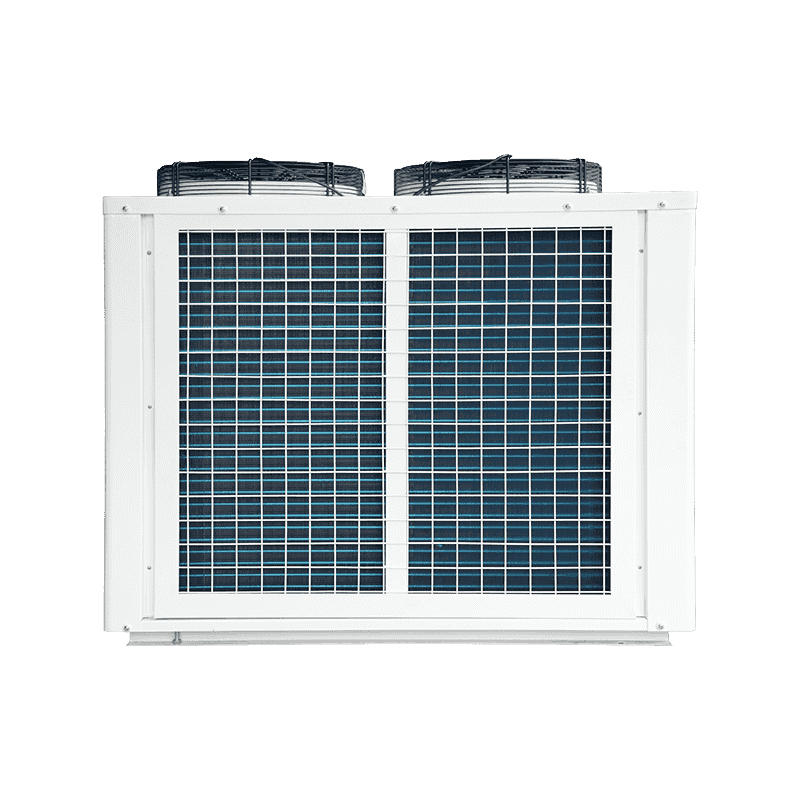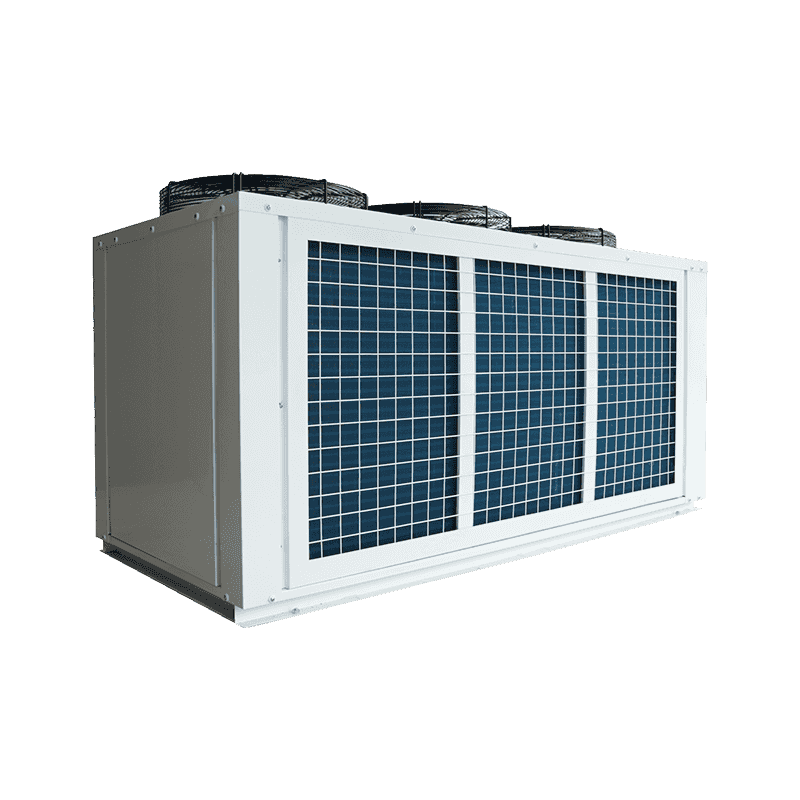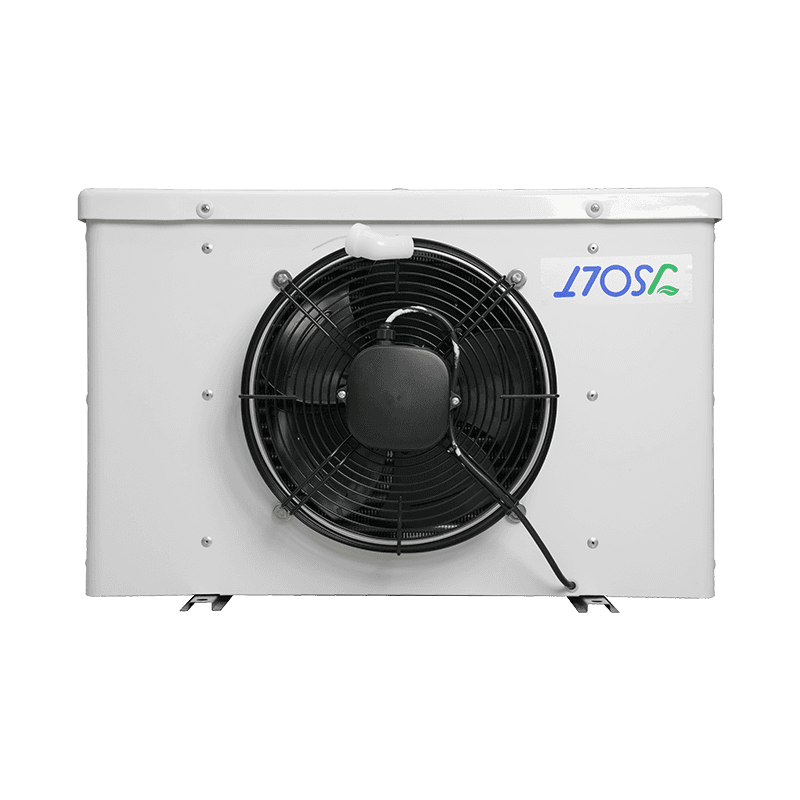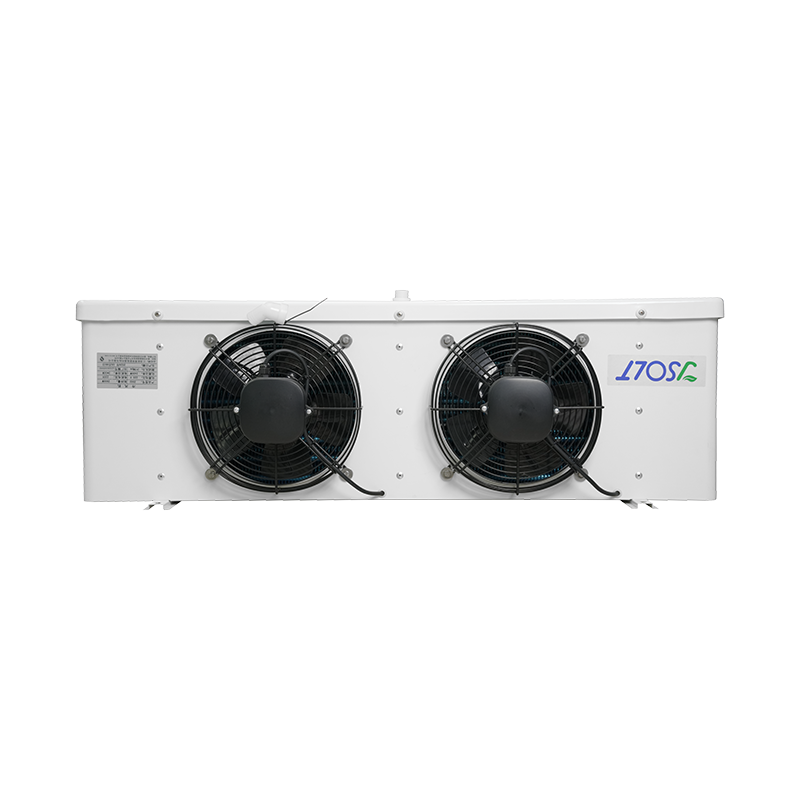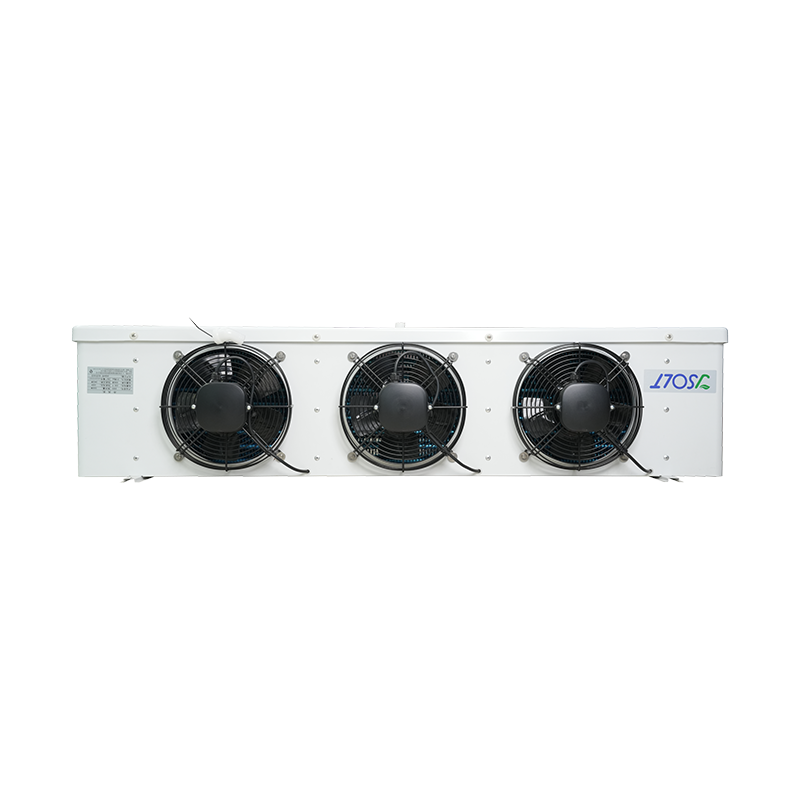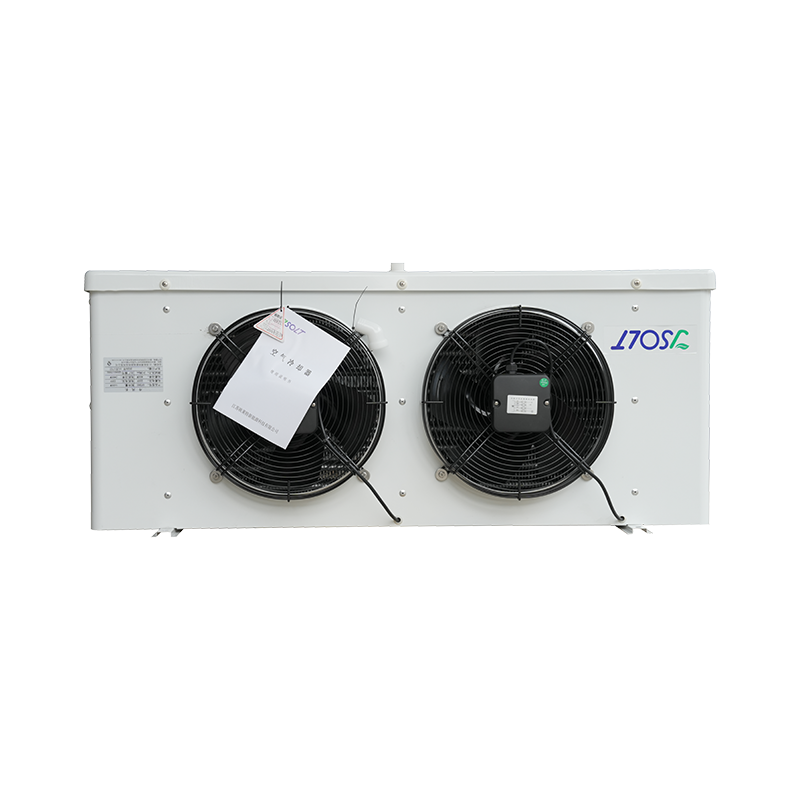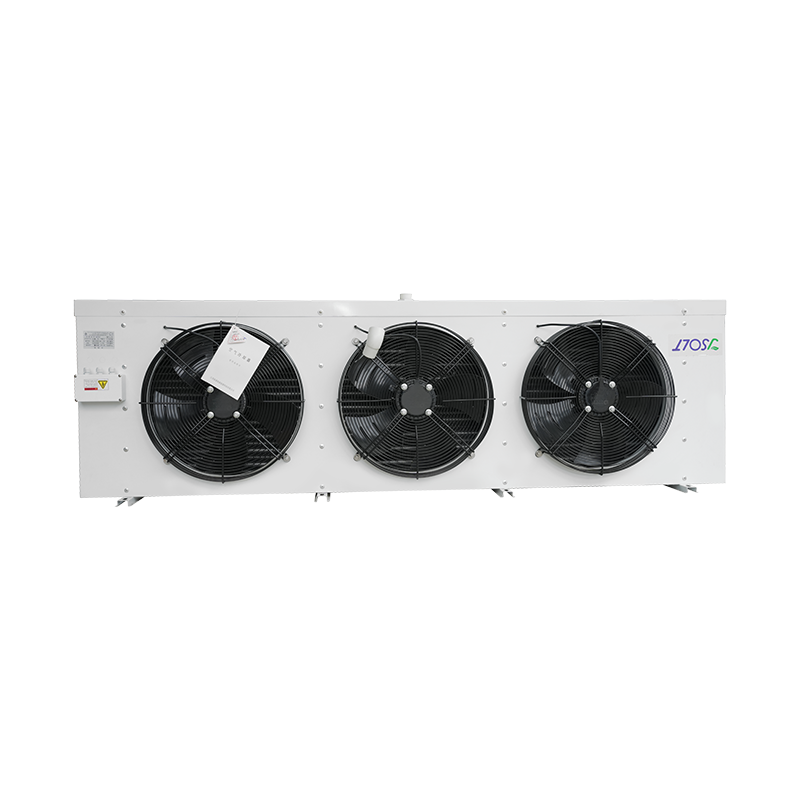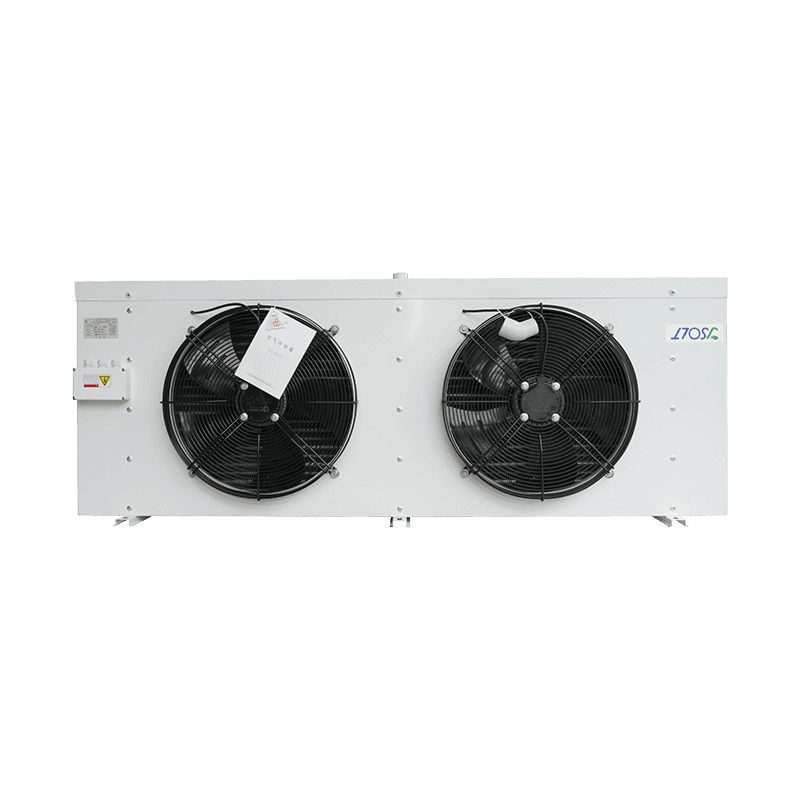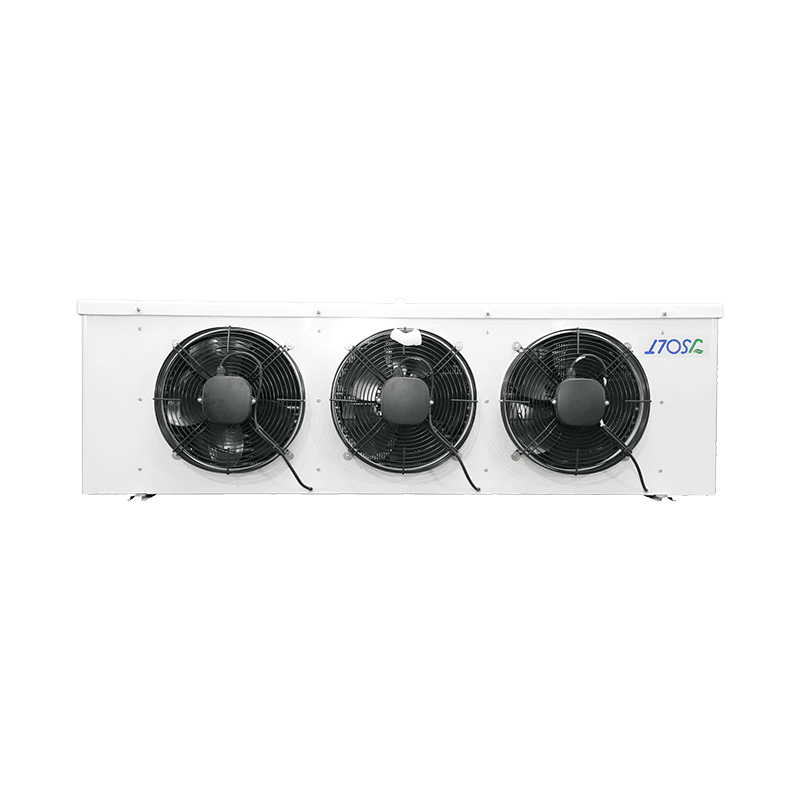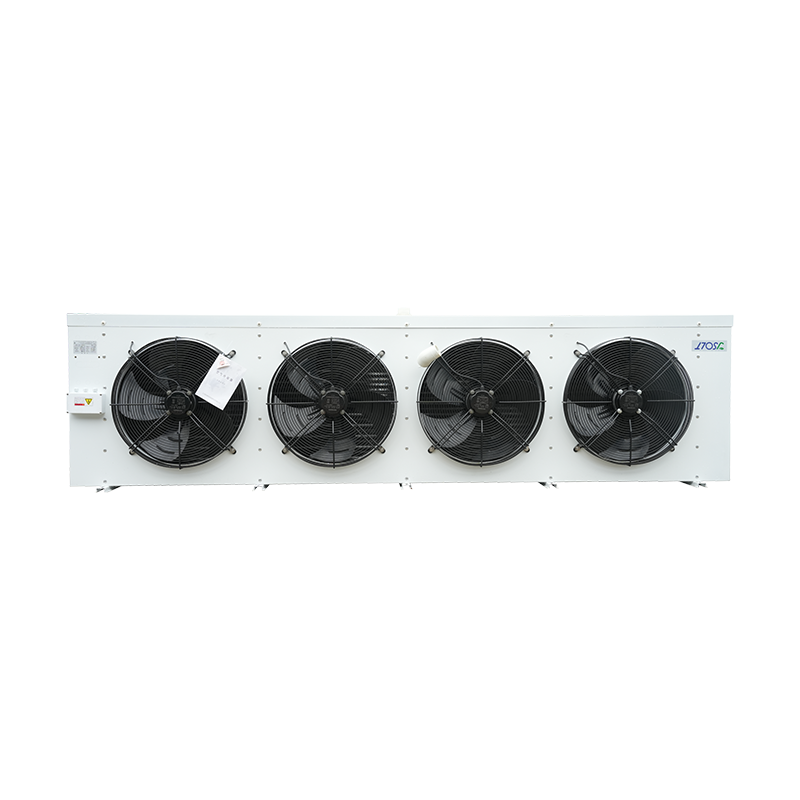
Web Menu
Product Search
Exit Menu
Product categories
News categories
RECENT POSTS
-
Why is a filter drier needed?
Oct 24,2025 -
What are the specific steps in the vapor compression refrigeration cycle used in household refrigerators?
Oct 17,2025 -
What should I do if frost forms on the evaporator unit?
Oct 10,2025 -
What's the difference between an ICEMachine and a home ice maker?
Oct 03,2025 -
What is an air conditioner evaporator?
Sep 26,2025
What are the specific steps in the vapor compression refrigeration cycle used in household refrigerators?
Specific Steps of the Vapor Compression Refrigeration Cycle Used in Household Refrigerators
1. Compressor Intake and Isentropic Compression
Low-pressure, low-temperature refrigerant vapor is drawn into the compressor and isentropically compressed, increasing its pressure and transforming it into high-temperature, high-pressure, superheated steam.
2. Condenser
Heat Dissipation
The high-temperature, high-pressure steam enters the condenser, where it dissipates heat and cools under constant pressure, condensing into a high-pressure, subcooled liquid.
3. Dehumidification Filter
The liquid refrigerant passes through the filter drier, removing moisture and impurities to prevent ice and dirt blockage and ensure smooth subsequent throttling.
4. Expansion Valve (or Capillary Tube)
The subcooled liquid passes through the expansion valve, adiabatically throttling it, causing a sudden drop in pressure and temperature, forming a low-pressure, low-temperature mixed phase.
5. Evaporator
The low-pressure refrigerant absorbs heat from the refrigerator's interior in the evaporator, vaporizing into low-pressure steam, achieving the cooling effect.
6. Circulation Returns to the Compressor
The evaporated low-pressure steam is drawn back into the compressor, completing the cycle.
How to determine if a refrigeration system is leaking or lacking refrigerant?
1. Visual inspection for oil stains and bubbles
Inspect the system casing and piping for oil stains or bubbles caused by soapy water. Oil stains are often a visible sign of a refrigerant leak.
2. Electronic leak detector testing
Use an electronic halogen leak detector to detect the halogen content in the refrigerant. An alarm or a change in the instrument value indicates a leak.
3. Nitrogen pressure leak testing
Pour nitrogen gas (approximately 0.8 MPa) into the system and observe whether the pressure drops over a period of time. A drop in pressure indicates a leak in the system.
4. Vacuum leak testing
Evacuate the system and hold it for several hours. If the vacuum level returns, it indicates a small leak.
5. Pressure differential monitoring
Compare the pressure difference between the high-pressure and low-pressure sides. An abnormal increase often indicates a leak in the piping or valve or a lack of refrigerant.
Content
related products

-
 224 Yongping Road, Science and Technology Enterpreneurship Park, Gaogang District, Taizhou City, Jiangsu Province
224 Yongping Road, Science and Technology Enterpreneurship Park, Gaogang District, Taizhou City, Jiangsu Province  +86-18082061600
+86-18082061600 [email protected] / [email protected]
[email protected] / [email protected]
Copyright © 2024 Taizhou Best Refrigeration Equipment Manufacturing Co., Ltd All Rights Reserved. Refrigeration Equipment Manufacturer Custom Refrigeration Equipment Factory


 EN
EN
 English
English русский
русский Español
Español